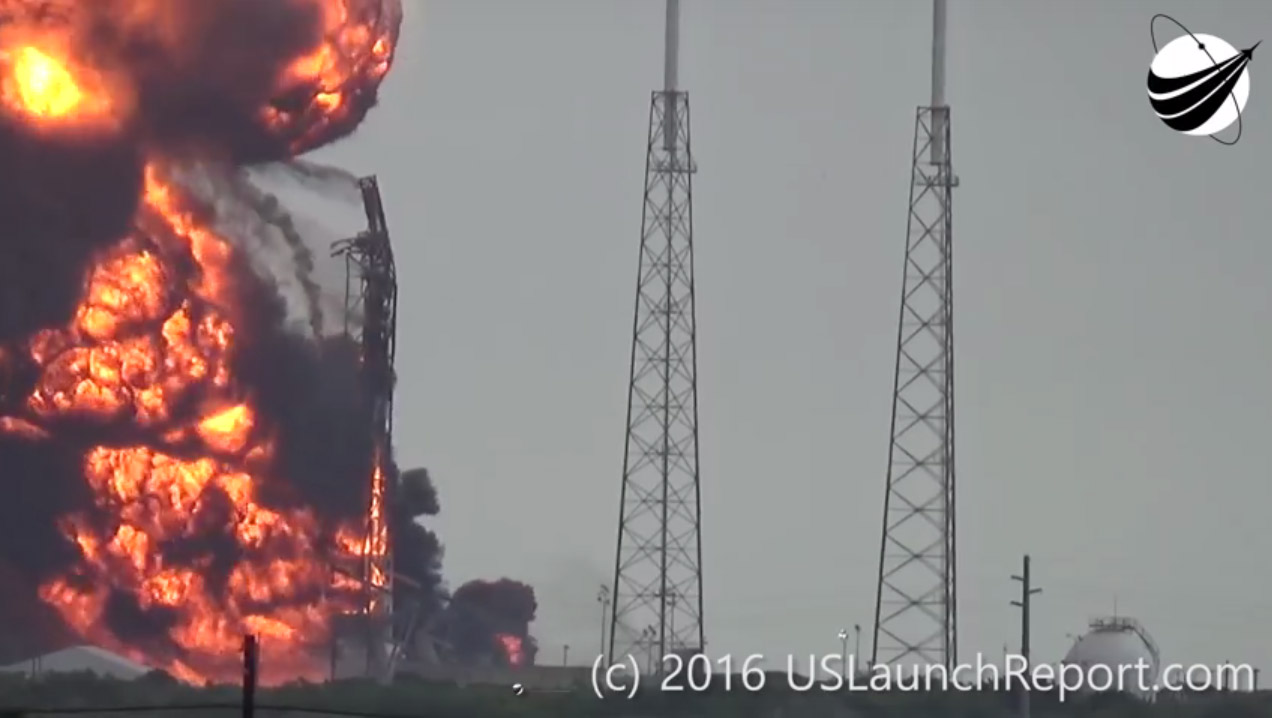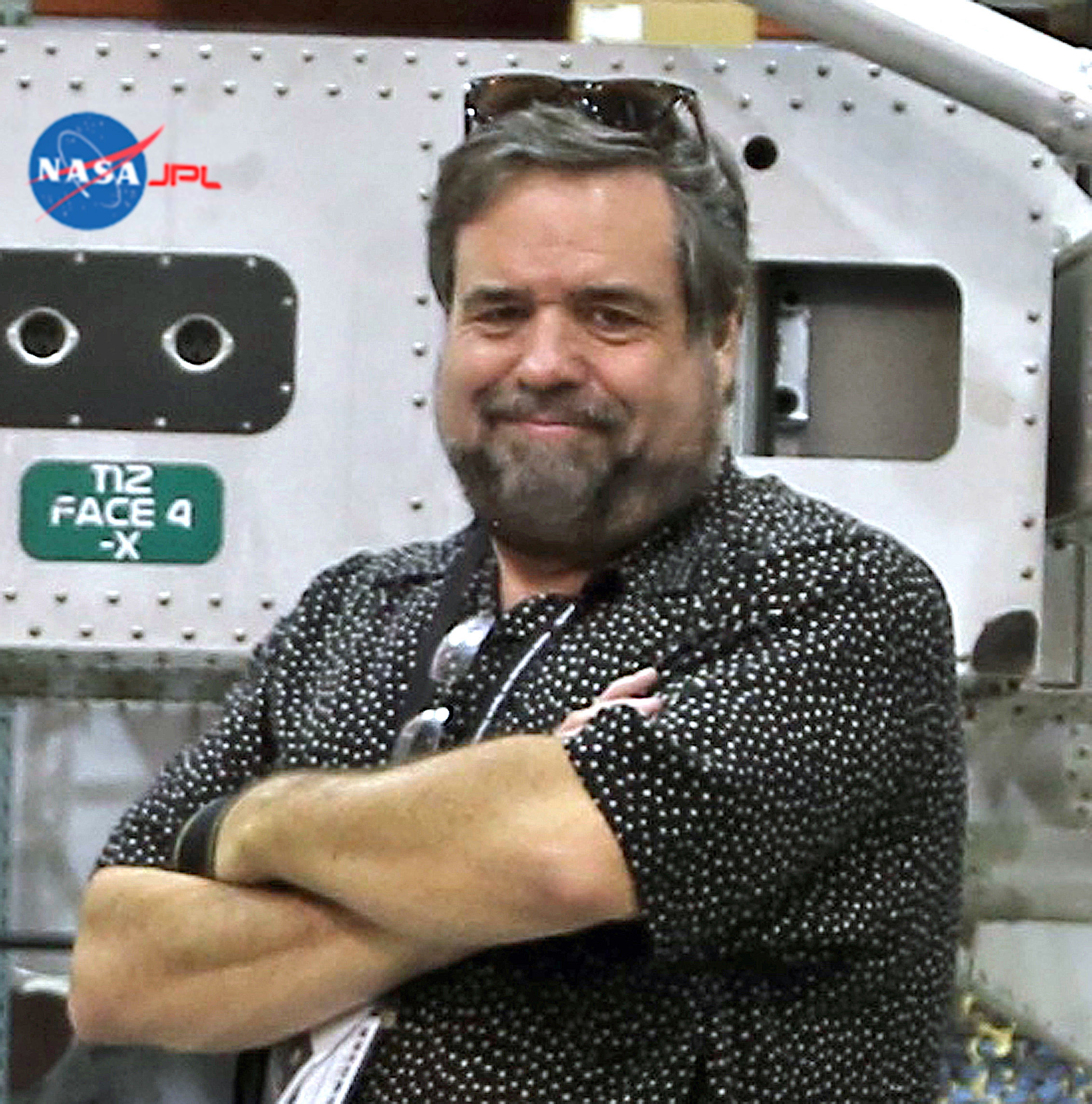
Rod Pyle is a space historian who has worked with NASA at the Jet Propulsion Laboratory and the Johnson Space Center. He has written ten books on the history and technology of space exploration and science including "Mars: Making Contact" (Carlton Books), "Blueprint for a Battlestar" (Sterling Publishing) and "Amazing Stories of the Space Age" (Prometheus Books), all due in 2016. His newest book, "Space 2.0" will debut in 2017. Pyle contributed this article to Space.com's Expert Voices: Op-Ed & Insights.
Let's face it: Spaceflight is inherently risky, and getting off the ground is one of the most dangerous phases of any mission.
A rocket launch is, by definition, one long, controlled explosion, with the energetic results of that explosion streaming out of the bottom-mounted engines and propelling the vehicle into space. It's when that controlled explosion, or its fuel source, becomes uncontrolled that things get shaky.
On the morning of Sept. 1, a SpaceX Falcon 9 rocket blew up on a launchpad at Cape Canaveral Air Force Station in Florida, two days before its scheduled launch date. (Actually, according to a tweet from SpaceX's CEO, Elon Musk, it was not an explosion but a "fast fire.") [The Rockets and Spaceships of SpaceX (Photos)]
When the explosion happened, controllers were in the process of fueling the upper stage prior to a "static fire" test, when the rocket vanished into a large fireball. This test is designed to fire the first-stage engines briefly with the rocket firmly bolted to the pad to make sure that they are in perfect condition for a launch. Instead, the rocket vanished into a smoky, total loss.
At first, this explosion may seem like a total blow for SpaceX and spaceflight in general. After all, SpaceX lost a $62 million rocket (at retail pricing), and its customer, Spacecom (not to be confused with Space.com), lost a $195 million satellite — both significant setbacks.
But the truth is that there's actually some good that comes of it. So when is a rocket explosion OK?
Get the Space.com Newsletter
Breaking space news, the latest updates on rocket launches, skywatching events and more!
SpaceX has contingency plans for launch accidents and will find the problem and correct it for future launch attempts, as the company has done in the past. While such accidents are surely not the most efficient way to learn about potential design flaws in a rocket or procedural errors the launch process, they are generally instructive. The Falcon 9 will soon be lofting astronauts to the International Space Station, and anything that can be learned about how to make the rocket safer and more reliable are best learned now, before crewed missions launch. (Even if this had been a test for a crewed launch, the astronauts would not have been aboard the rocket at the time it exploded. Further, Musk said on Twitter that the Dragon capsule would have been safe had it been atop the rocket when it failed.)
Also, such accidents contribute to the overall safety database for the industry. Any such mishap has a source, and these sources are usually found by dedicated and clever engineers who simply cannot stand it when things go wrong, and who will doggedly pursue the answers to exhaustion. It is a problem to be solved, and solved it must be. Also, because the explosion occurred on the ground, there are pieces to look at, allowing for the time-honored engineer's tradition of sifting through bits of broken metal and other detritus to find the flaw in the process. Had the explosion — or fast fire — occurred in flight, it would have been more difficult to pick up the pieces.
Like several other spaceflight mishaps — including the Apollo 13 emergency, the loss of two space shuttles, various Soviet space accidents, and countless smaller spaceflight failures (that, fortunately, did not involve the loss of human life) — these accidents remind the general public that spaceflight is a dangerous business. This is not a mandate to return our ships to the harbor and anchor them for fear of sinking, but to always strive for the best and safest spaceflight systems possible, to test known and suspected problems as near to extinction as possible, and to admit that spaceflight will always be risky, expensive and time-consuming. That's just how it is, and how it will be for years to come.
According to a SpaceX spokesperson, the company has launched the Falcon 9 rocket a total of 29 times with two failures, which puts it squarely in the acceptable range for a new rocket — a 93 percent success rate in an industry that claims a 95 percent success rate. In the end, all customers will benefit from such competitive performance, despite infrequent setbacks such as the Sept. 1 hardware loss.
Here's to a safe and speedy path to flight recovery for SpaceX. The company has a lot of flying to do.
Follow all of the Expert Voices issues and debates — and become part of the discussion — on Facebook, Twitter and Google+. The views expressed are those of the author and do not necessarily reflect the views of the publisher. Follow us @Spacedotcom, Facebook and Google+. Original article on Space.com.
Join our Space Forums to keep talking space on the latest missions, night sky and more! And if you have a news tip, correction or comment, let us know at: community@space.com.

Rod Pyle is an author, journalist, television producer and editor in chief of Ad Astra magazine for the National Space Society. He has written 18 books on space history, exploration and development, including "Space 2.0," "First on the Moon" and "Innovation the NASA Way." He has written for NASA’s Jet Propulsion Laboratory, Caltech, WIRED, Popular Science, Space.com, Live Science, the World Economic Forum and the Library of Congress. Rod co-authored the "Apollo Leadership Experience" for NASA's Johnson Space Center and has produced, directed and written for The History Channel, Discovery Networks and Disney.










